Dr. Michael Fowlin, psychologist, performer, and poet, performed for the Burlington High School student body (BHS) on Monday, April 23. His mission as stated on his website mykeefowlin.com is “to create an atmosphere of worldwide inclusion, not just tolerance.”
During the production, he portrayed diverse characters with varying ethnicities, mental illnesses, physical challenges, sexualities and genders. After a warning to the audience that his performance may make them uncomfortable, he asked the audience to remain open-minded. He started with a performance of a young boy with attention deficit disorder (ADD).
After he finished his performance of the young boy with ADD, he walked to a different chair, threw a scarf around his head and introduced himself in a high pitched voice as a bi-racial Somali and Korean teen girl with an eating disorder.
“I feel like most girls I know are afraid to speak up for themselves. Boys are raised to be loud and obnoxious. When you’re a girl and you speak just as loud as boys, we are told we aren’t acting ladylike,” Fowlin said in this character.
Throughout the performance, Fowlin discussed gender norms, sexism, abuse, self-harm and othering. After the performance had finished, the hallways flooded with students, many of whom were immediately discussing the characters. Some students thought that the way the characters were portrayed was offensive and mocking, while others thought that Fowlin was simply doing his job as an actor and exposing the audience to multiple human experiences.
Eva Edwards-Stoll, a BHS junior with Williams Syndrome, said that she thought the performance was well done, but was flawed in addressing people with disabilities.
“I felt like it had a lot of flaws in it. […] When he was imitating the man who had cerebral palsy, that made me feel kind of upset because I felt like he was mocking them, even though he wasn’t trying to. It just came off that way,” Edwards-Stoll said.
Amelia Mason, a BHS sophomore and a local actor, said that she believes that it is the job of an actor to portray their character to the best of their ability.
“That’s the role of an actor. They’re never going to have the exact same experiences, but to channel something similar and to try and give people some kind of look into what it’s like,” Mason said.
Seamus Stein, a BHS junior with Cerebral Palsy (CP), believes that the performance was informative, but portrayed disabilities in a limited way, showing the audience only a small window into certain challenges.
“One example for me that stood out, which was the character with CP, which is the condition that I have. Some people are affected in the way he portrayed, and some people aren’t. It doesn’t actually show everyone,” Stein said.
The character with CP was one of interest for many students. While acting as this character, Fowlin discussed which superpower he would choose. The ability to fly or the ability to become invisible.
“I would want to fly because you don’t need a superpower to feel invisible,” Fowlin said.
Glenna Parker, a BHS junior, was greatly affected by this statement.
“That really spoke to me because I have had that feeling throughout high school and the fact that he said it outloud and the way that he phrased it really means a lot.”
Many students, such as Edwards-Stoll, felt that the performance crossed the line of acting and came off as mocking.
“I think a portrayal is when you actually have someone who is in a movie or in a play that actually has that condition. An imitation is when you have someone who doesn’t know what it is like to have that disability, who is not impacted by walking up the stairs, who doesn’t need a wheelchair. I just feel like the line was crossed,” Edwards-Stoll said.
Zanevia Wilcox, a BHS junior and social activist, was also upset by Fowlin’s material.
“You can’t say you advocate for something and then appropriate that person or their culture. It’s like saying ‘I stand for Black Lives Matter, so I’m going to appropriate their culture’. It doesn’t really make any sense,” Wilcox said.
After the performance, students were expected to go back their advisories and have a discussion about their reactions. Gordana Pobric, a BHS math teacher and advisor felt that the conversations were too unstructured to be effective.
“I think it was really deep and really heavy. I felt like we needed time to go home, process what we’ve seen, think about it and the next day have a conversation. It also would have been better to have some follow up questions.” Pobric said.
This controversy was a topic throughout the student body, which may have been the point.
“It confronted issues that we need to be talking about. I recognize that it made some people uncomfortable. Mykee Fowlin did say that it was going to make some people uncomfortable, and that’s ok. In our culture, we are almost uncomfortable being uncomfortable.” Mason said.




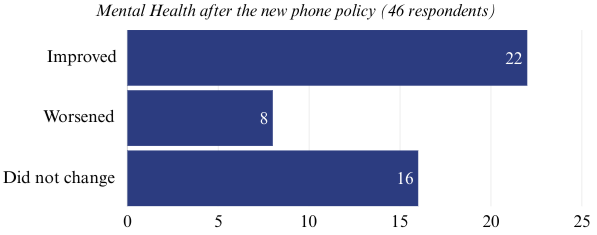


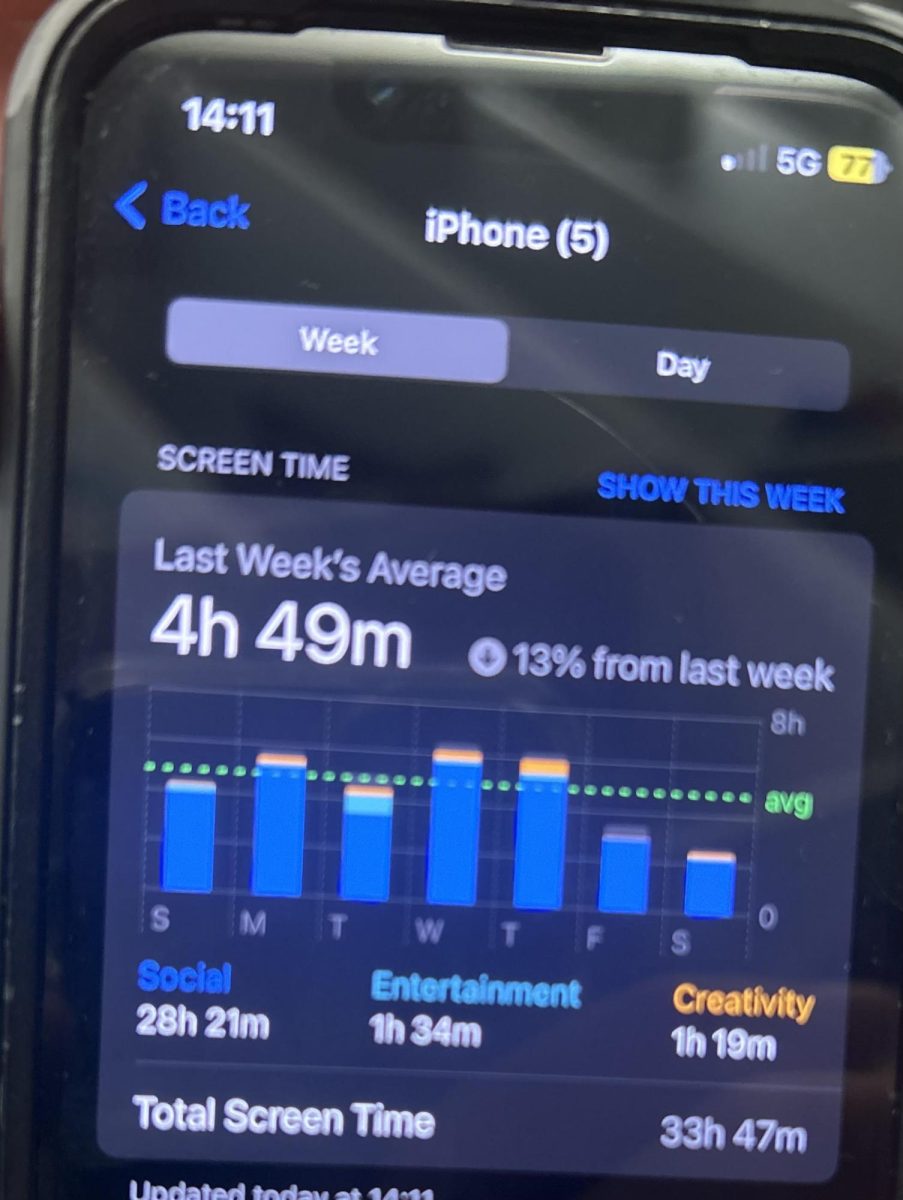

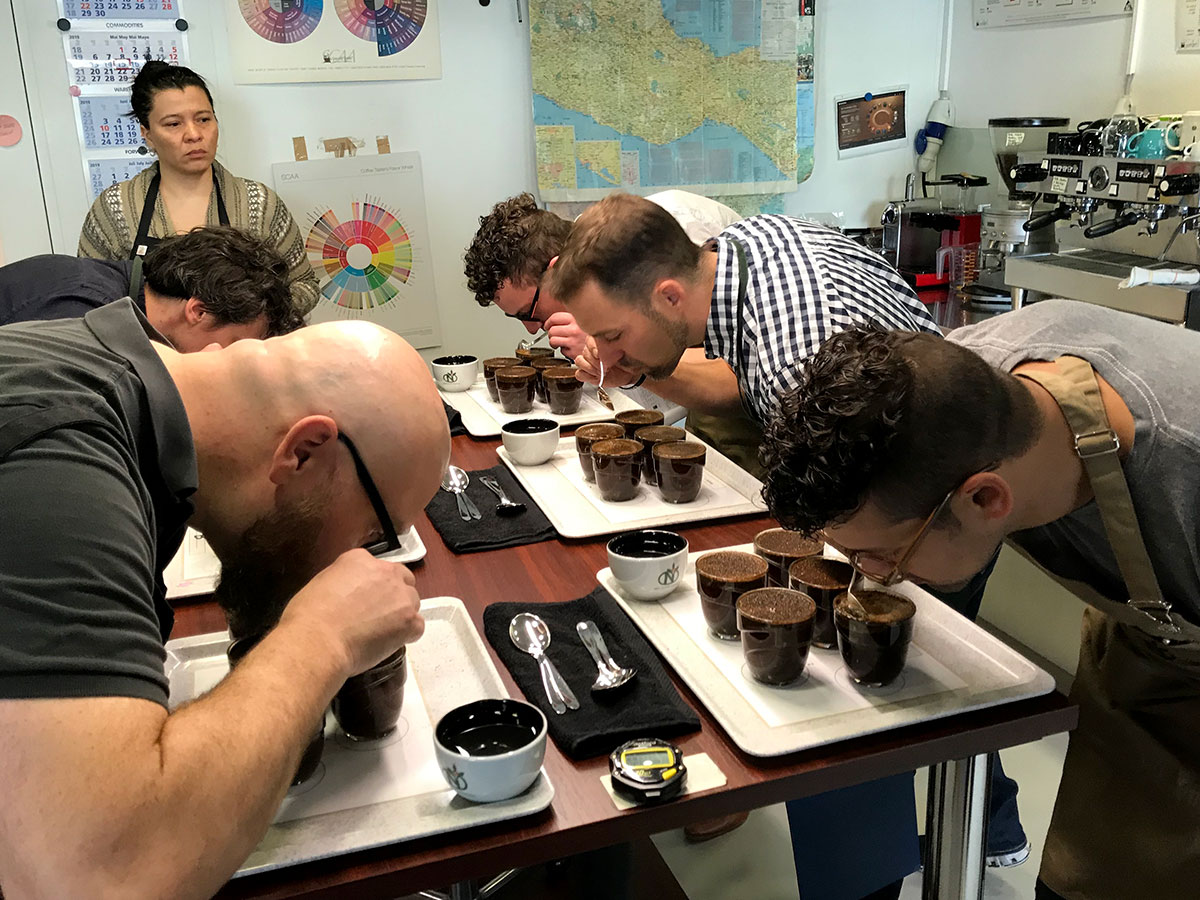

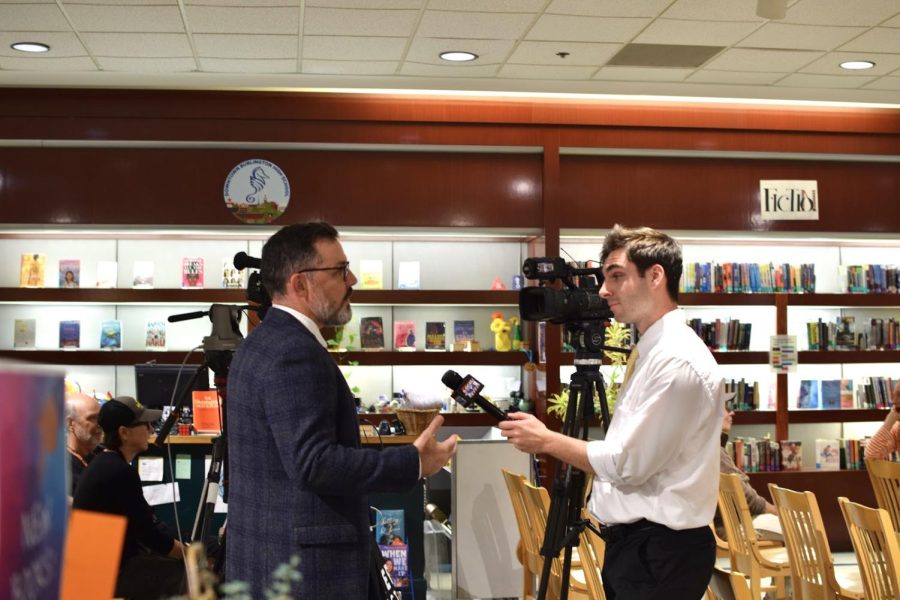

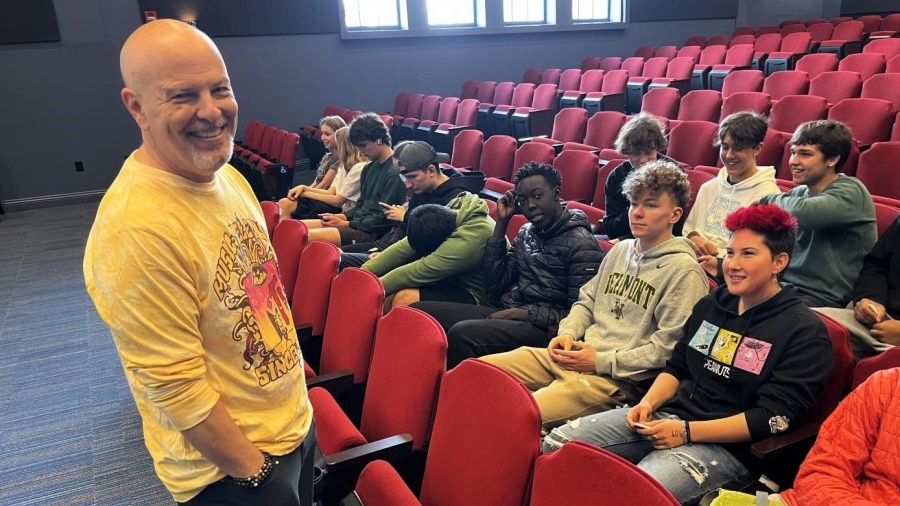
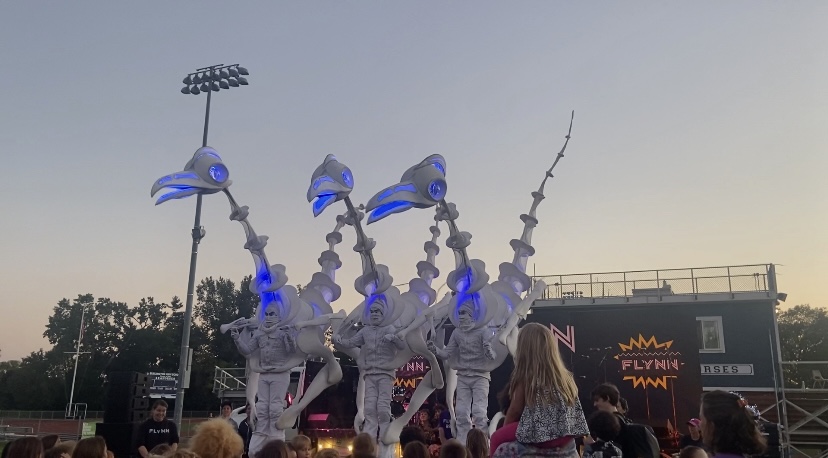
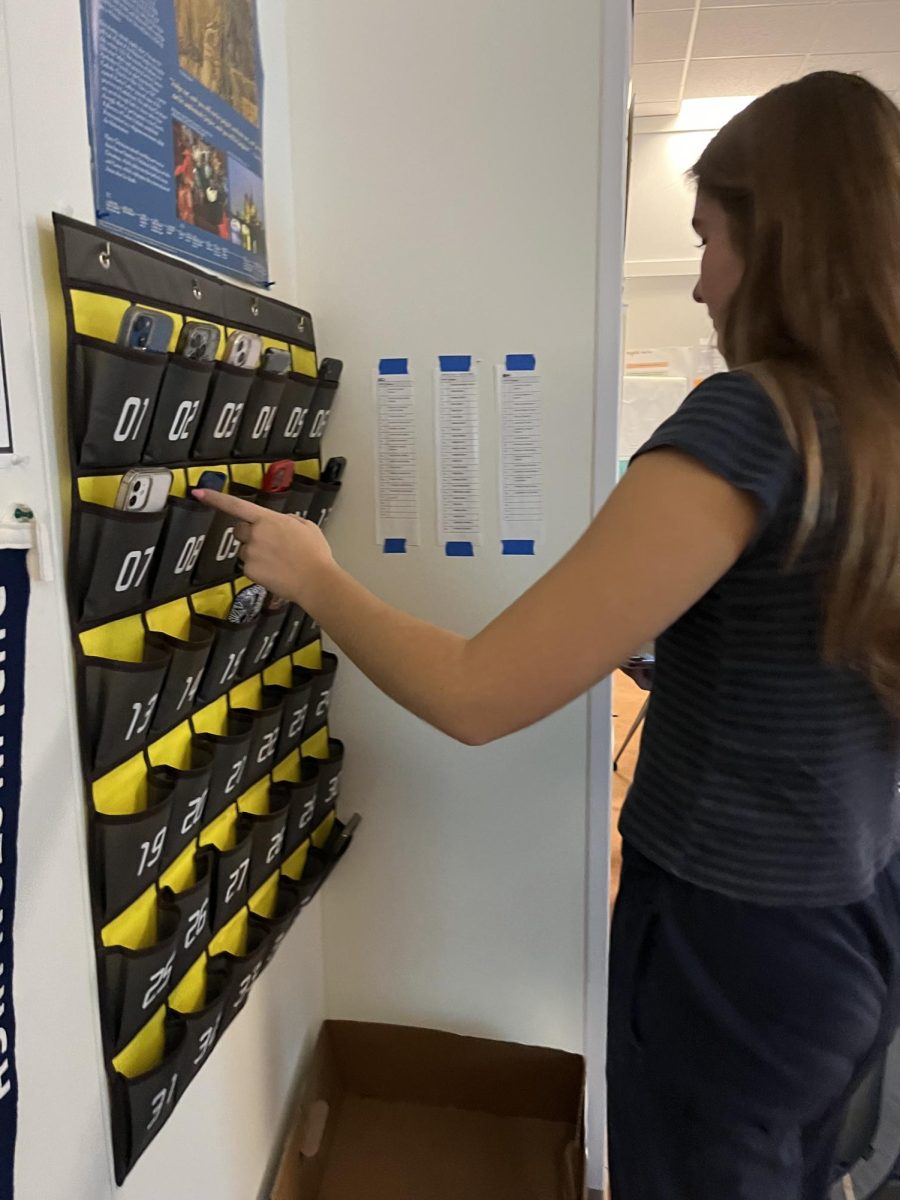
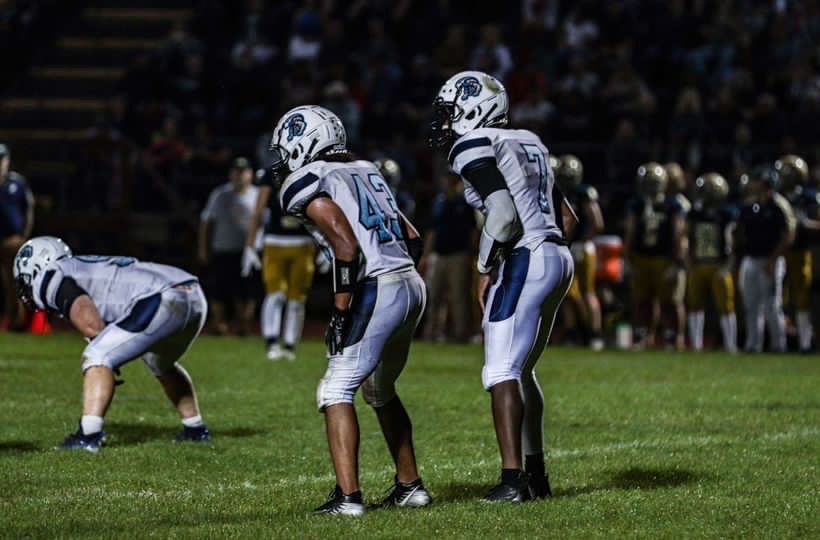
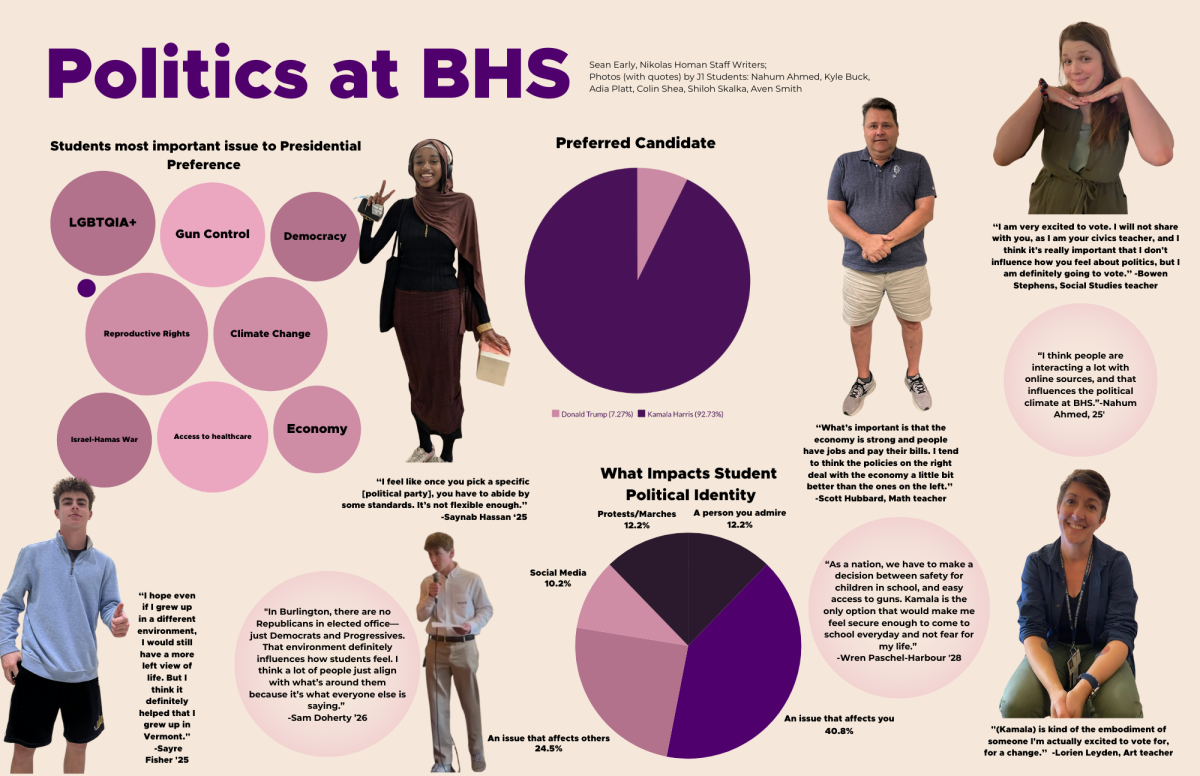
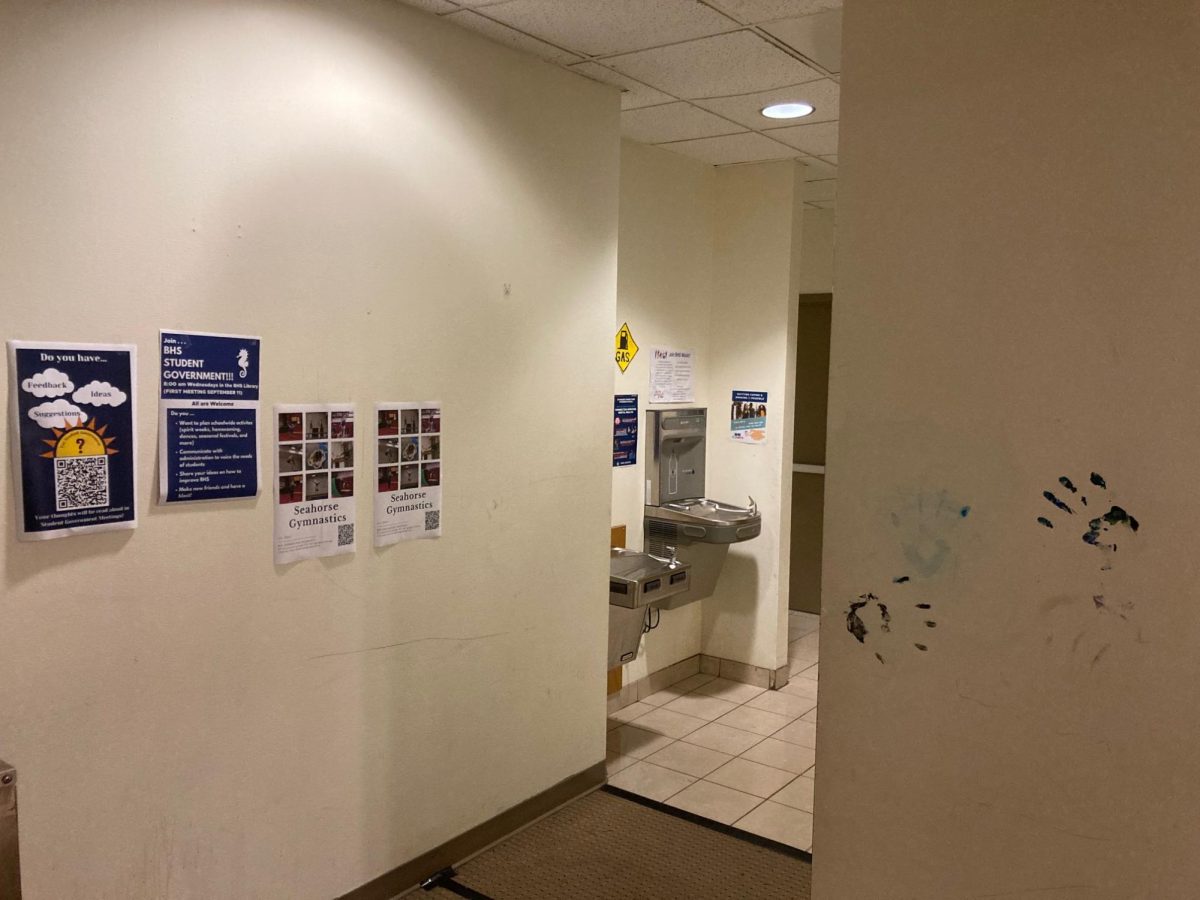

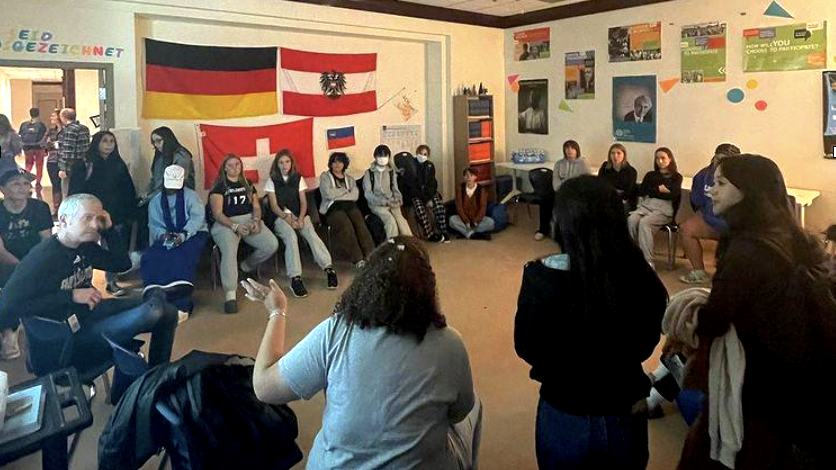

m stewart • May 17, 2022 at 9:28 am
“I think a portrayal is when you actually have someone who is in a movie or in a play that actually has that condition. An imitation is when you have someone who doesn’t know what it is like to have that disability, who is not impacted by walking up the stairs, who doesn’t need a wheelchair. This is NOT True – This man uses his acting ability to portray someone w/a disability in order to evoke empathy. I beleive this was lost on you.